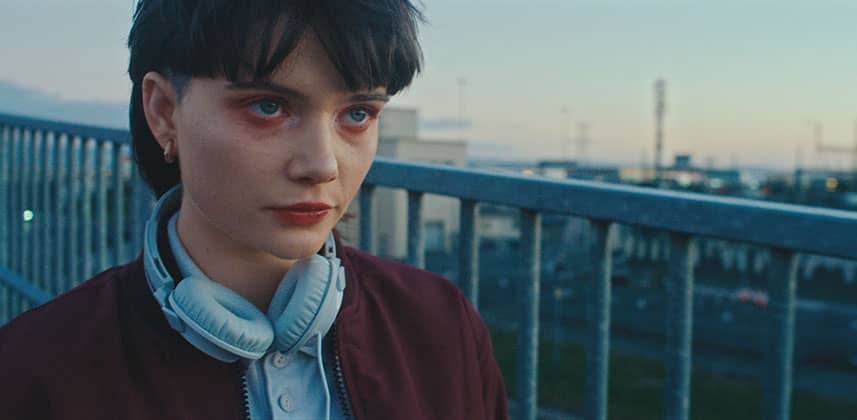| Series |
|---|
The Never Ending Quest For Perfection – Can You Prebuild Your Looks?
I had a great question in the comments recently about my node structure and how I like to order things.
The short answer is YES! I do have a structure that I follow.
The long answer is that like a guitarist following the quest for the perfect guitar sound it’s constantly being refined, mixed up and trashed completly to be rebuilt from the ground up.
I also think my grading is heavily influenced by the work of others.
At the NAB conference, I met tons of amazing colorists which led me to re-thinking my way of attacking the look again.
The biggest weakness I found is I really do spend a lot of time re-adjusting scenes after feedback.
Copying and Pasting the same nodes/changes / whatever the hell the crazy director might want!
The solution is really a simple one, use group level nodes per scenes to create the look and feel.
The only problem is that it takes a lot of effort and time to break out of your comfort zone.
Luckily I just sat down for my 10-hour flight to Las Vegas with the worst entertainment system I think I’ve ever experienced.
There is also a bunch of drunk guys sat beside me on a boys holiday so there goes any chance of sleep.
Time to do some research and planning on my node structure!
Member Content
Sorry... the rest of this content is for members only. You'll need to login or Join Now to continue (we hope you do!).
Need more information about our memberships? Click to learn more.
Membership optionsMember Login


